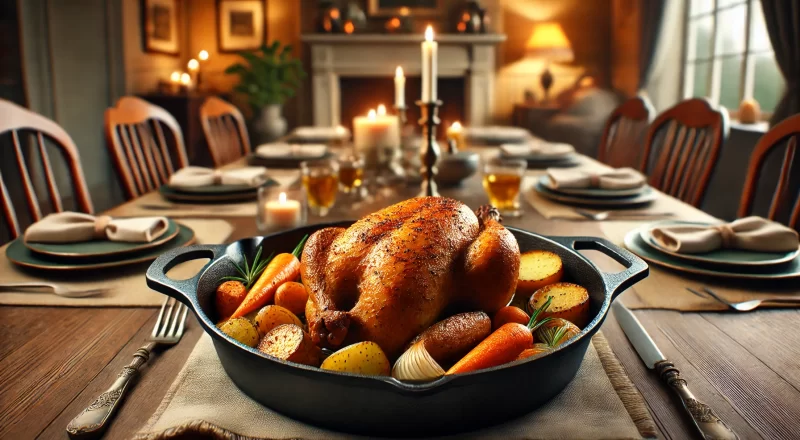For many families, the cast iron skillet is a beloved kitchen item passed down for generations. Whether you are a homeowner, renter, or passionate cook, knowing how to weld a cast iron skillet can be an invaluable skill. This skill helps preserve the functionality and sentimental value of your cookware.

Understanding Cast Iron
Before diving into the welding process, its essential to understand the material involved. Cast iron is a durable yet brittle material commonly used in cookware due to its outstanding heat retention properties. However, it’s more prone to cracking or breaking compared to other materials, making repairs like welding necessary.
Why It’s Worth Repairing
Repairing a cast iron skillet through welding is worth the effort. These skillets enhance your cooking experience and hold a historical and emotional value, especially if they have been passed down through generations.

Essential Tools and Materials
- Welding Machine: A high-quality welding machine suited for cast iron.
- Nickel Rods: These are specially designed for cast iron welding.
- Preheating Equipment: To prevent the cast iron from cracking during the welding process.
- Grinder: For smoothing the welded area.
- Safety Gear: Gloves, goggles, and a welding mask.

Step-by-Step Guide to Welding Cast Iron Skillet
1. Cleaning the Skillet
Begin by thoroughly cleaning the skillet. Use a wire brush to remove any rust or debris from the cracked area. This step ensures that the welding material bonds well with the cast iron.
2. Preheating
Preheat your skillet to around 500F gradually to prevent thermal shock. Sudden temperature changes can cause the cast iron to crack further.
3. Choosing the Right Welding Technique
Here are your options:
- Stick Welding: Great for thicker cast iron pieces.
- MIG Welding: Suitable for thinner sections of the skillet.
4. Preparing the Weld
Make a groove along the crack using a grinder to create a welding channel. This groove should follow the line of the crack.
5. Performing the Weld
Use the welding machine to lay the weld into the groove. Apply short welds to avoid overheating. Allow each segment to cool before proceeding with the next.
6. Post-Welding Heat Treatment
After welding, cool the skillet slowly to relieve stresses in the metal. Sudden cooling can result in new cracks. Using a furnace or an oven set to 200F can help in uniform cooling.
7. Grinding and Smoothing
Once the skillet has cooled completely, use a grinder to smooth the welded areas and remove any excess material. This step ensures a smooth cooking surface.

Special Tips for Welding Cast Iron
Choose the Right Welding Rod
Select a nickel-based rod designed specifically for cast iron. These rods make the welding process more manageable and yield a stronger repair.
Mind the Temperature
Maintaining a consistent preheat and post-weld temperature is crucial to prevent additional cracking and ensure a strong bond.
Short Welding Segments
Performing the weld in short segments allows for better heat management and minimizes the risk of cracks due to thermal stress.
Post-Weld Care and Maintenance
Seasoning the Skillet
After welding and smoothing, season your skillet to restore its non-stick properties. Coat it with a thin layer of cooking oil and bake it at 350F for an hour.
Regular Use
Regularly using your skillet helps maintain its seasoning and prevents rust. Always clean and dry it properly after each use.
FAQ
Can I use any welding machine for repairing a cast iron skillet?
No, specific welding machines and rods suitable for cast iron are recommended for this task.
Why does cast iron require preheating before welding?
Preheating minimizes the risk of thermal shock and cracking, ensuring a successful repair.
Can I weld a heavily cracked skillet?
While minor cracks can be repaired, heavily cracked skillets may require professional attention or replacement.
To learn more about maintaining your cast iron skillet, visit clean after use, accessories, and burnt-on resources.
As an Amazon Associate, I earn from qualifying purchases.

